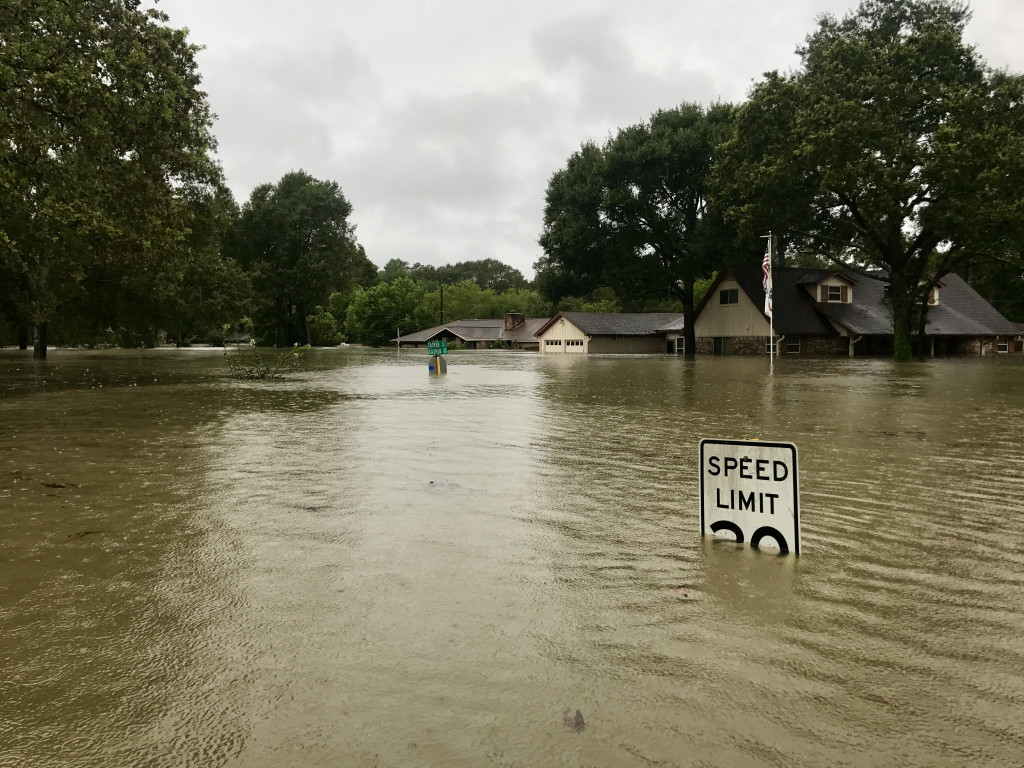Natural disasters are some of the most destructive forces of nature. Compared to everyday problems and issues that most communities can handle, there are only limited options to prevent these natural phenomena. But that doesn’t mean that families and communities should remain idle when these natural disasters are in full force.
Disaster preparedness should be exercised at all times since this can help prepare a home from natural disasters and potentially save lives. But preparing for emergencies is more than just stocking up on canned goods and bringing a flashlight with extra batteries with you.
So what are some critical aspects of your home that you need to consider during natural disasters? What are some ways of ensuring that your family is safe and all your appliances remain in a functional condition after the catastrophe? Learn some key strategies that can streamline preparation.
Power Should Be Your Primary Concern
One of the most critical aspects of your home to consider is power. During flooding, hurricanes, earthquakes, and other types of natural disasters, power can help maintain strong two-way communication between you and first responders.
This is where generators can come in handy. But when you’re looking for generators, know the essential parts of your home that need power. Most of the time, you need generators to operate sump pumps and power specific medical devices. It’s also crucial to have one that is portable so that you can carry one around your home in emergencies.
Fortunately, you won’t have to look far since some services can install residential generators for your needs. Not only can this give you some peace of mind during natural disasters, but this can give you ample time to power up devices that can be integral to your situation.
Stocking Up on Food and Emergency Items
It’s essential to consider that certain disasters can last a few minutes, and some calamities can take days to weeks before the affected area is deemed safe. Many rescue teams and medical paramedics usually start rescue operations when the area is secure.
Since there is a possibility that certain rescue operations take time, stock up on necessities and emergency items. Some necessities include:

- Canned goods
- Extra batteries
- Medication for infections
- First aid kits
- Trash bags
- Repair tools
- Cellphones with chargers
- Mobile devices
- Personal sanitation equipment
If you’re not quite sure about the items needed for your area, government agencies have websites that can help build your own emergency kit that’s catered to your own needs.
Storing Everything in a Safe Area
Now that you’ve made key preparations and stock up on food and items for your home, it’s time to start storing your goods and emergency items in a secure area. Food items should be placed in an environment where it’s dry to preserve shelf life. Even if certain types of food are held through canning and other means of extending shelf life, being placed in a stable environment can significantly increase its longevity.
According to the Department of Agriculture Food Safety and Information Service (FSIS), how you store your food can make a key difference in these emergencies. If there is a chance that it’s going to flood within your area, you can place emergency items on the second floor of your home. If you don’t have an elevated area in your living space, you can always use waterproof containers to stop contaminated water from compromising emergency food supplies.
If your home has a dedicated freezer, stocking food in a tightly packed arrangement can help retain a lower temperature. You might want to freeze items that you’re not going to need as of the moment, such as fresh meat, dairy products, and leftovers. If your area often has power outages, having coolers with ice can keep beverages cool for extended periods of time.
When storing goods, the general rule of thumb is that it should be lower than 40 degrees Fahrenheit for refrigerators. On the other hand, freezers should be below zero degrees Fahrenheit.
You need to consider various things when preparing your home for natural disasters. During a natural disaster, your and your family’s safety should be your top priority, and having the right necessities and emergency equipment can ensure that everyone is safe and sound.
Although you might have to spend hundreds of dollars to stock up on food, emergency items, power supplies, and necessities, this is a better choice than having to spend thousands of dollars on injuries and repairing your home. Still, it’s important to keep in mind that if your home isn’t built to withstand natural disasters, most communities have designated shelters specifically built to withstand calamities.

